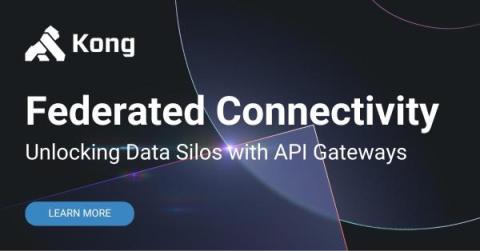Using Moesif, Kong, and Stripe to Monetize Your AI APIs - Part 3: Managing Customer Credit
Things can get tricky when managing pre-paid, pay-as-you-go billing for monetized APIs. Three mechanisms must be in place for this type of billing to work: first, you need to be able to add credits to an account. Second, you need to be able to burn down those credits. Third, you need to be able to block users from accessing the API once they have run out of credits.











